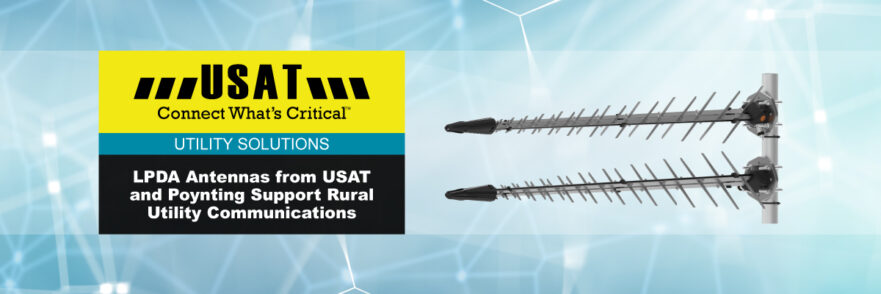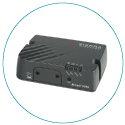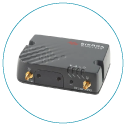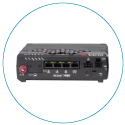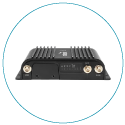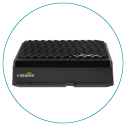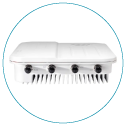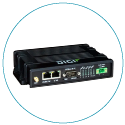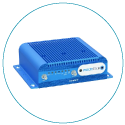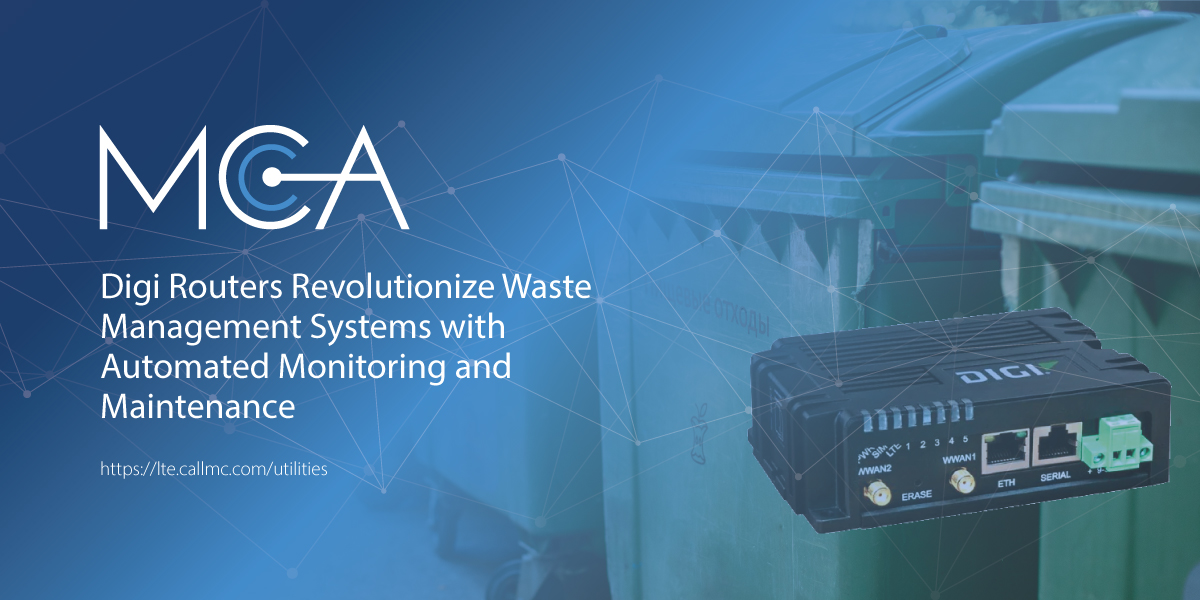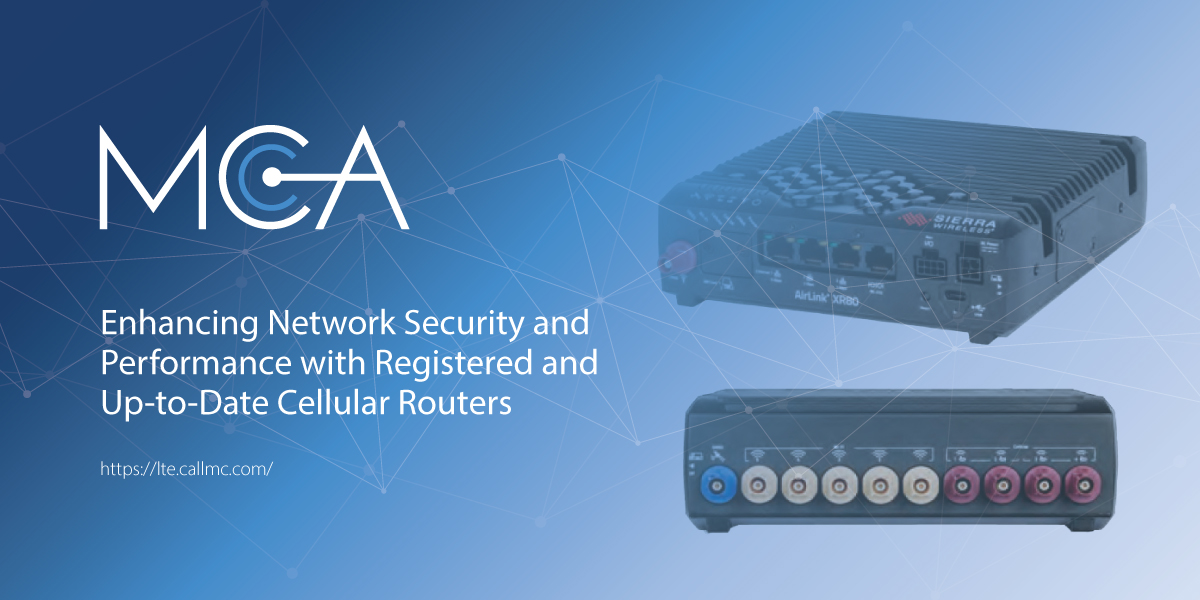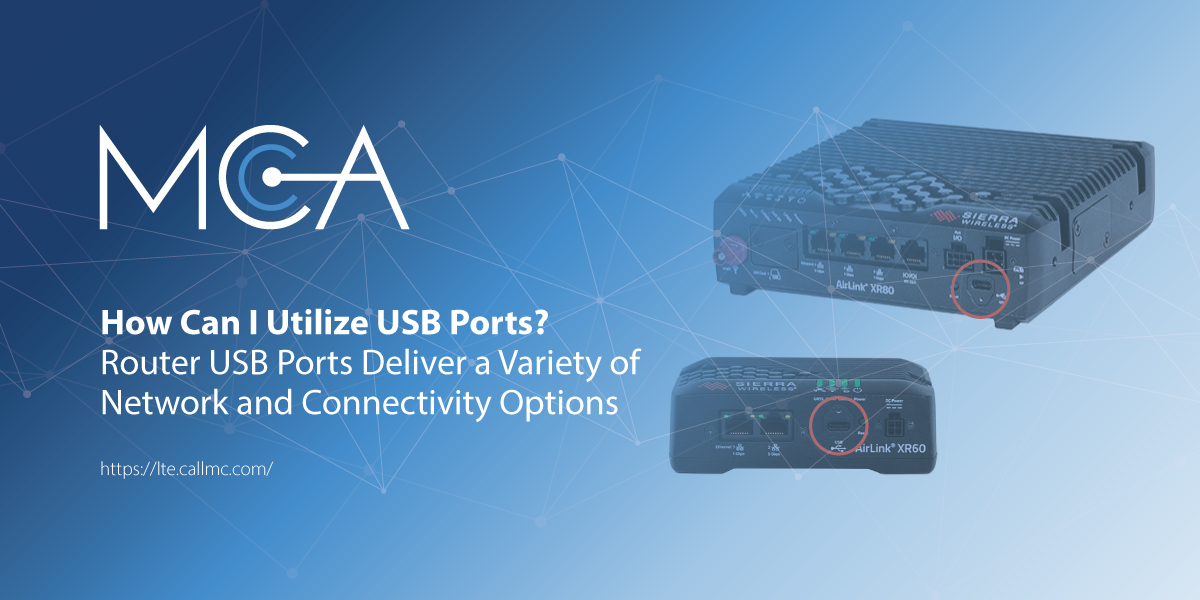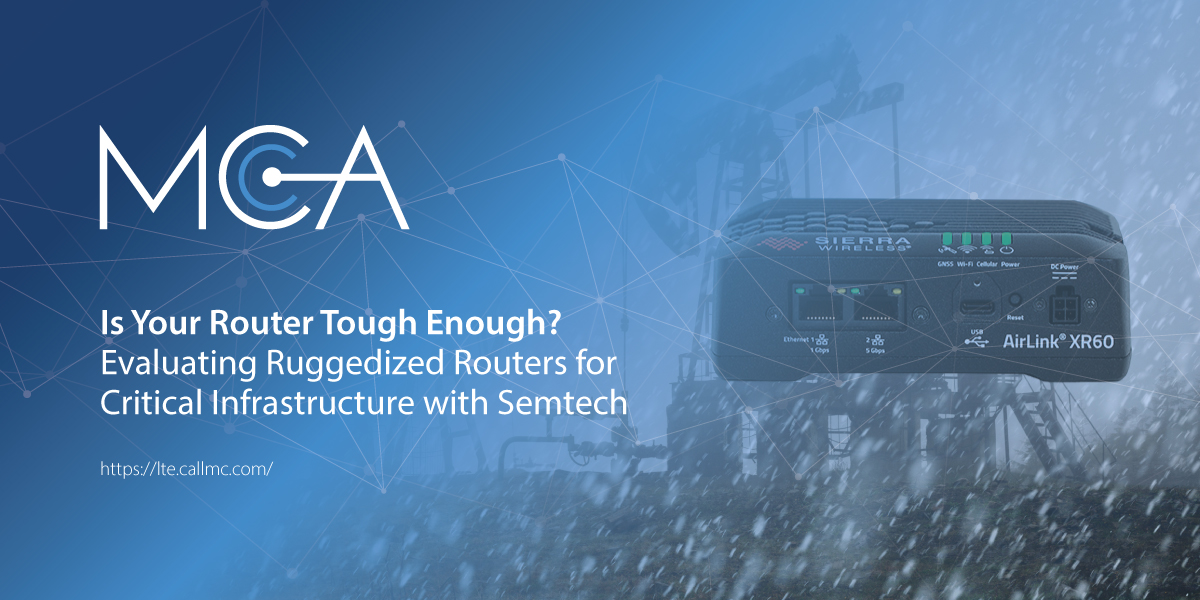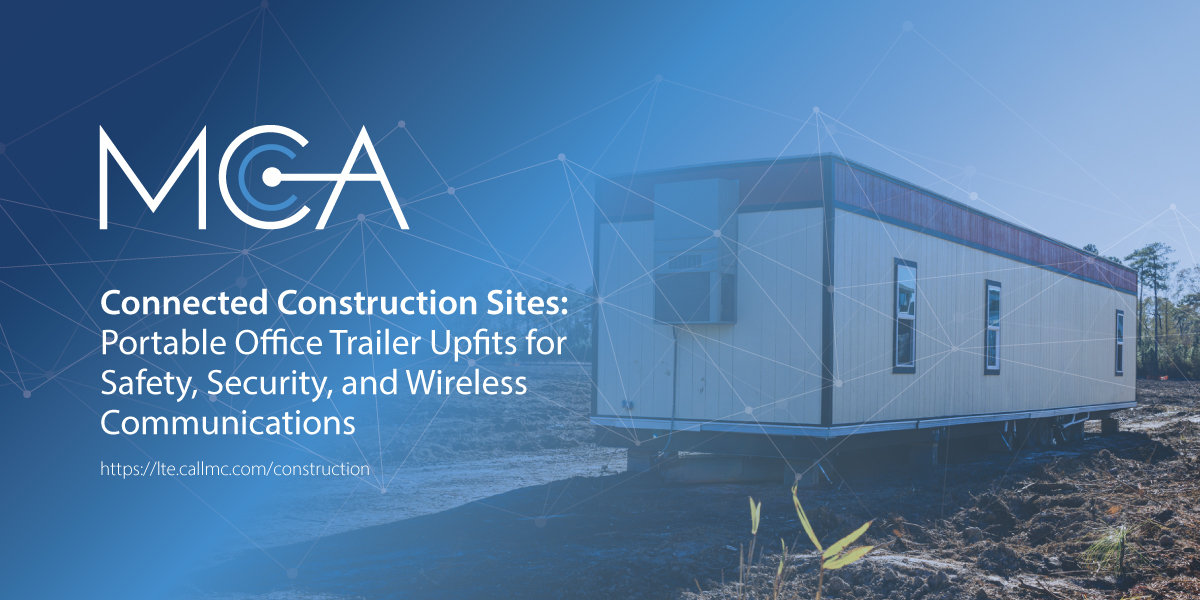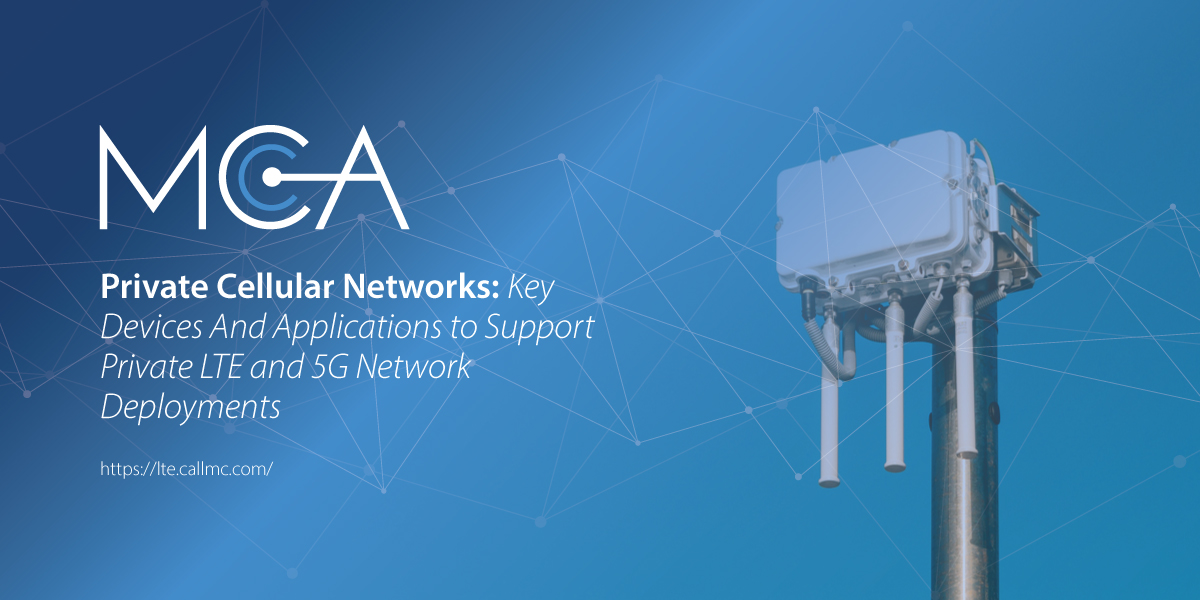Utility Companies Require Connectivity and Communication Across Rural Areas and Harsh Terrain
Imagine a utility company that operates power lines across vast rural areas. These lines stretch across rough terrains, dense forests, and remote locations where traditional communication infrastructure is limited or nonexistent. In order to monitor and control the power grid effectively, the utility company needs to establish reliable communication links with its remote substations and monitoring equipment. However, due to the challenging environment and long distances involved, a robust and long-range communication solution is required.
By installing LPDA antennas strategically along the transmission lines and at key locations, the utility company can ensure seamless connectivity, enabling real-time monitoring, remote control, and efficient management of the power grid, even in remote and rugged environments.
What Is An LPDA Antenna?
How Does An LPDA Antenna Work?
The LPDA antenna consists of a series of dipole elements of varying lengths arranged in a specific pattern. The dipoles are connected to a feedline, which provides the necessary signal transmission and reception capabilities. The size and spacing of the elements are carefully calculated to ensure optimal performance across the desired frequency range.
The wide frequency coverage of the LPAD antenna allows them to operate over a broad range of frequencies. This makes them versatile for various applications, including radio and television broadcasting, wireless communication systems, and monitoring applications. The directional nature of the antenna helps to focus the signal in a specific direction, improving the antenna's gain and overall performance.
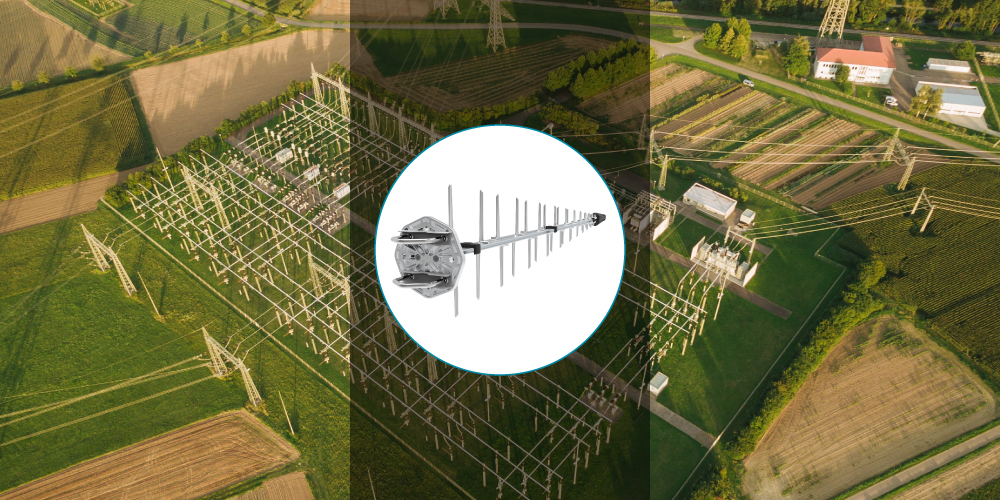
What Industries Will Benefit The Most From Using LPDA Antennas?
LPDA antennas are well-suited for a number of industries, especially the electric, power, oil, gas, and water utilities since they have a higher-than-normal prevalence of facilities and assets in rural areas. By leveraging the advantages of LPDA antennas, utility companies can enhance their communication capabilities, improve operational efficiency, and ensure reliable connectivity across their facilities and assets in rural areas.
Some of the features that make LPDA antennas ideally suited for the utility industries are:
Wide Frequency Range
Long-Range Communication
Coverage in Challenging Environments
Signal Penetration
Versatility and Adaptability
Durability and Weather Resistance
Cost-Effective Solution
What Are The Best LPDA Antennas To Choose From?
The LPDA antennas manufactured by Poynting Antennas, including the LPDA-92 and LPDA-500, are highly regarded for rural utility communications. Here's why they are considered the best cellular antennas for such applications:
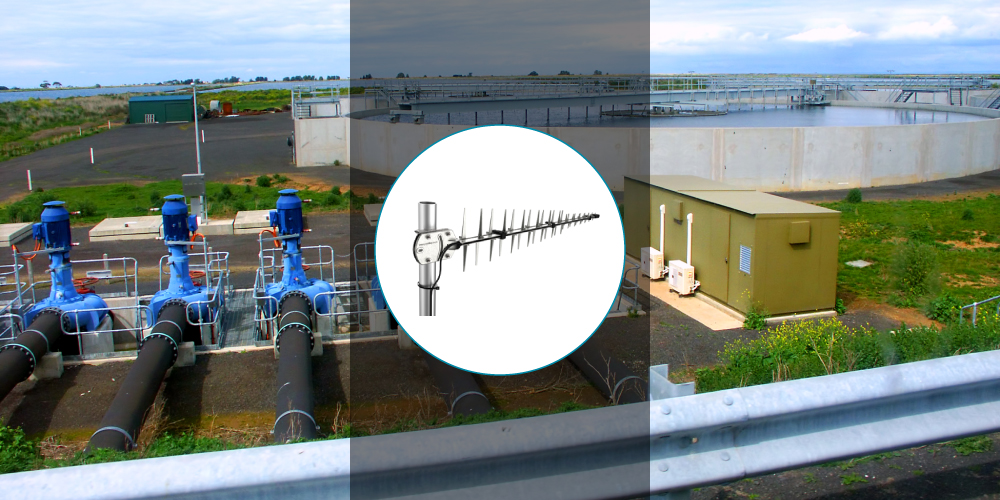
Wideband Coverage
High-Gain Performance
Extreme Weather Resilience
Versatile Installation Options
Future-Proof Design
Poynting Antennas is known for designing future-proof antennas, and the LPDA-500 continues this tradition. With its support for current and future cellular and wireless bands, including 5G, the antenna ensures long-term compatibility and adaptability to evolving communication technologies.
Poynting Antennas' LPDA antennas, such as the LPDA-92 and LPDA-500, offer wideband coverage, high-gain performance, resilience in extreme weather conditions, versatile installation options, and future-proof design. These features make them the best choice for rural utility communications, enabling reliable and efficient wireless connectivity.
About USAT
For over 25 years, USAT has provided mobile communications solutions for various applications across the USA. With our extensive catalog of world-class routers, gateways, and software designed for remote monitoring and management in even the harshest environments — you can count on us to get and keep you connected.
Better mobile connectivity translates to less manual equipment maintenance, reduced downtime, and an overall increase in your business's ROI. Contact the experts at USAT to learn how our wireless networking solutions can help meet your organization's exacting needs.
Share this Post
